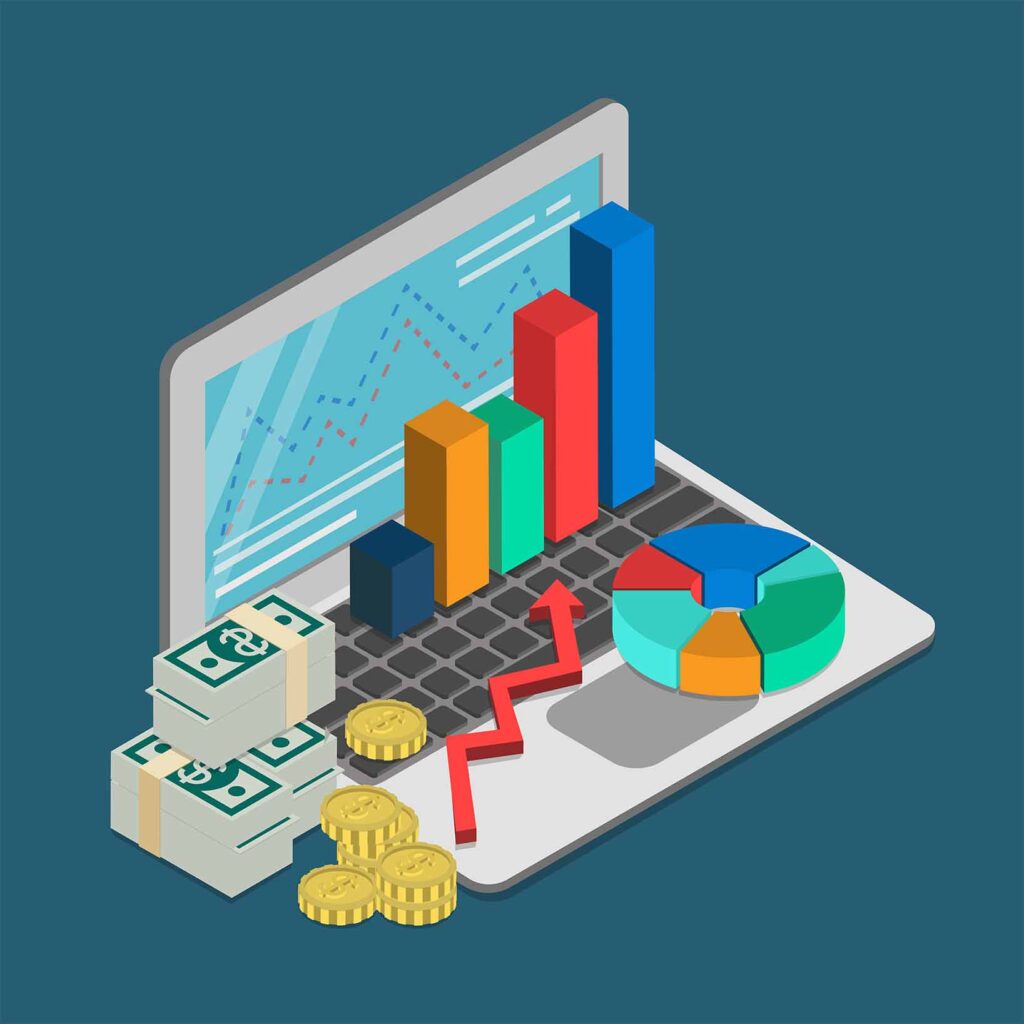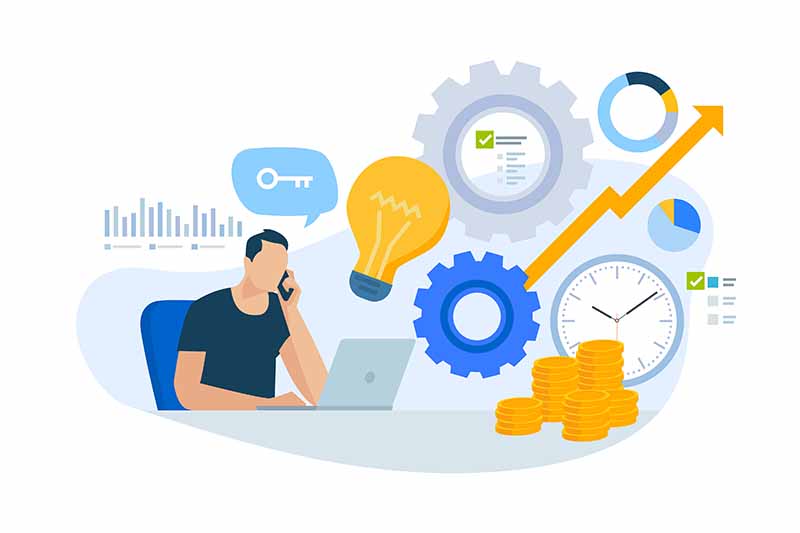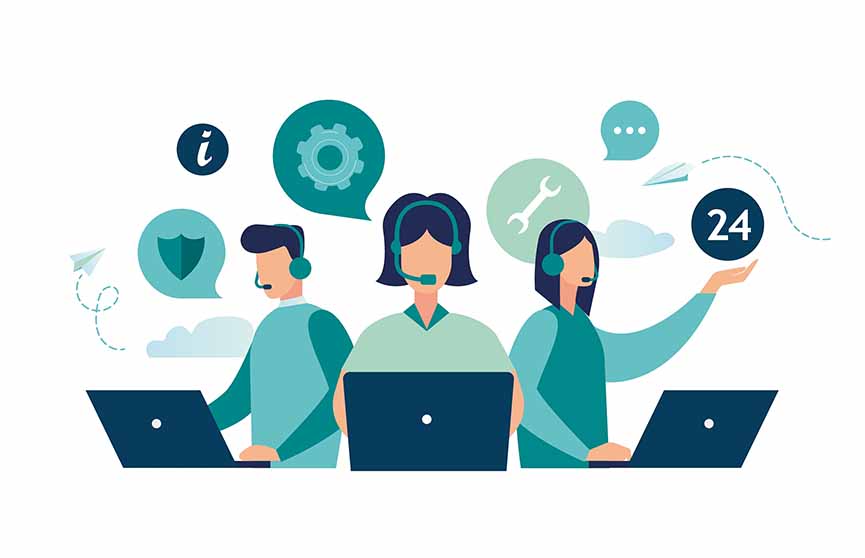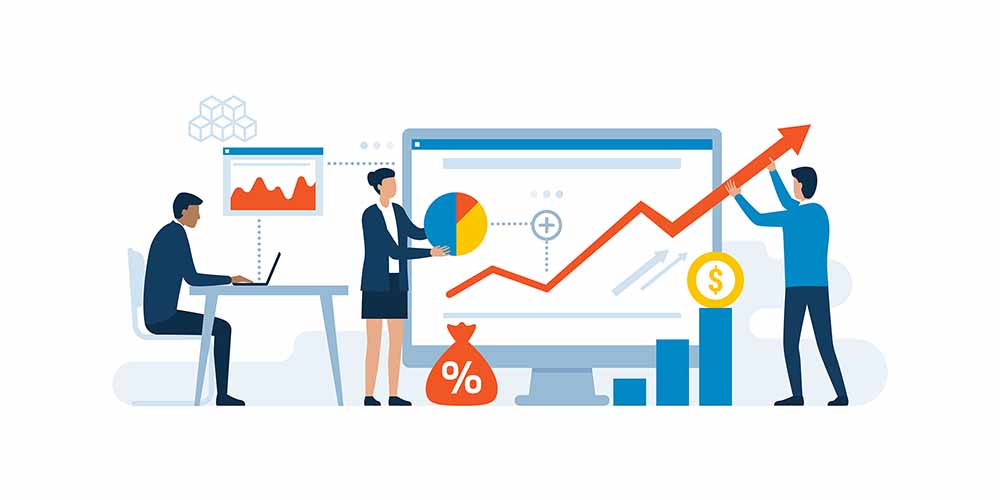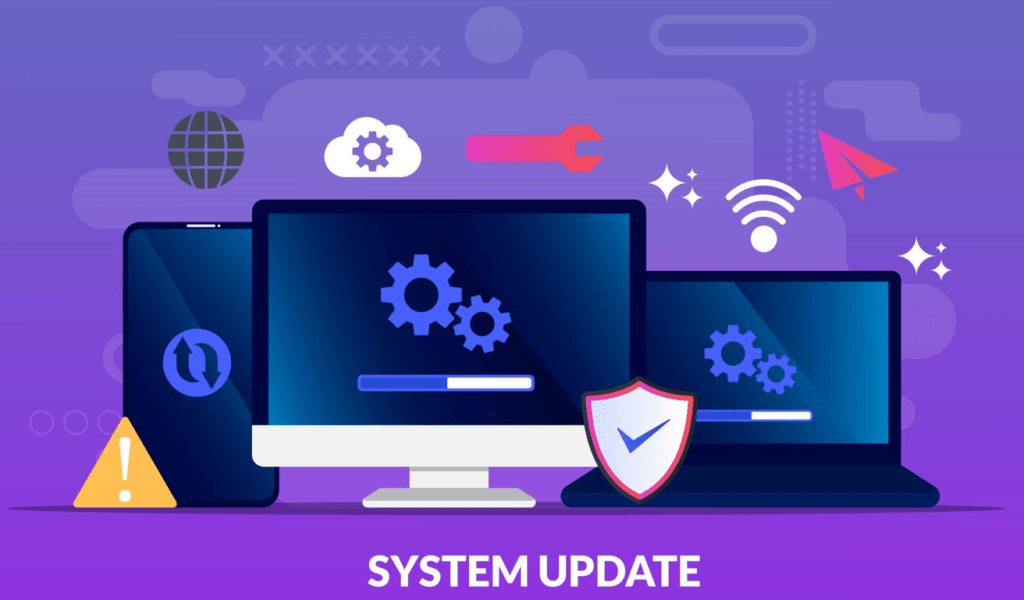In any relationship, communication is key and your customers are no exception.
Before communication technology made targeted advertising easy, trying to attract and speak to customers followed a fairly straightforward strategy, albeit with inconsistent results. For instance, field service companies would bombard prospects with generic fliers, billboards, Yellow Pages ads, etc, and all in the hopes that somewhere in the midst of it all would emerge someone who, not only needed a plumber or an electrician, but who’d then take the time to engage, and hopefully transition into a customer.
There’s little need to point out why this strategy wasn’t the most efficient.
Of course, things are completely different these days. Service companies now have the option to speak to customers more directly, and send them highly personalized offers, and, as a result, many have seen an increase in sales by 10% or more. Thanks to effective digital technologies and the ability to map customer communication journeys, hundreds of thousands of companies have found success and reached their audience, even if they run a niche service business.
There are still challenges to overcome, but to help you get a grasp of your own communication strategy, we’re going to look at it from the customer journey point of view. We’ll break it down into a few touchpoints, and explore how you can improve your own journey. Let’s get started!
Define The New Communication Customer Journey
Customer journeys have become more and more complex, especially in the field service industry. Buying a service isn’t simply a matter of a person walking into a store and picking up a product from a shelf.

Between local Google search results, 3rd-party review websites, paid ads, personalized emails, review requests, and all the other interactions now available to business owners and managers, it’s no wonder businesses can feel overwhelmed.
The new communication journey is a reciprocal process, where the customer gets to have a say throughout, rather than simply voting with their wallet during an exchange of services for money. Nurturing a customer is an essential part of an ideal relationship, one that leads to higher-value jobs and repeat business. And like nurturing anything else, the customer wants 3 things, to be:
- Valued as an individual, through personalized communication
- Taken seriously, by using a suitable and consistent tone of voice in all your communications
- Feel in control, which is where customer self-service comes into place
At the same time, keep in mind that communication doesn’t refer just to actual messages and emails; everything you do in order to convey information about your business to the customer is a form of contact, from your brand identity, company logo, to your website, to your invoices.
Why Do Field Service Businesses Need To Look At Their Communication Journey?
Have you ever tried hiring another field service business? Or, even better, have you tried hiring yourself? How did the experience compare to other services you use in your day-to-day life, like booking a vacation or ordering a meal? Is there anything they do that you don’t?
It’s tempting to think this exercise is silly because you’re not selling vacation packages or meals. But the fact of the matter is that the average customer won’t compare you to other plumbing or HVAC companies; they’ll compare the booking experience you provide to those they know: Booking.com, JustEat, Amazon, and other big companies.
If you do a deep dive into field service reviews, you’ll notice a trend with many customers saying something along the lines of:
“They did a good job installing my ventilation unit, but I never got a booking confirmation so I had no idea when they’d arrive. Then the installer wouldn’t take card payment on the spot so I had to wait for weeks to get an invoice letter. And no one asked for my feedback at the end of it all.” – 3 / 5 stars
It’s hardly what field service owners and managers want to hear, but the cold hard truth is that if you deliver 5-star work with 1-star customer service experiences, the average review score won’t be in your favor. And are you really a 3-star company? Of course not!
Understanding where your customer communication strategy is lacking is what will push you to go from good to great.
How To Map The Communication Customer Journey
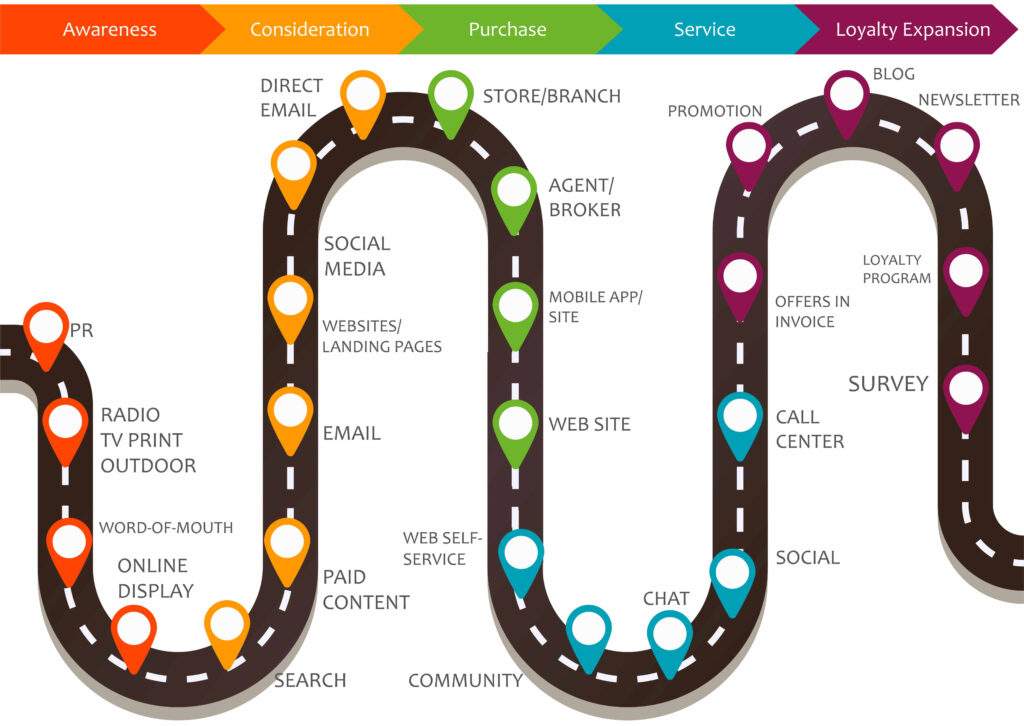
Mapping the communication journey goes back to the scenario where you try to hire yourself. List every individual touchpoint, then award yourself a rating based on how satisfied you’d be if, as a customer, a service provider treated you the same.
1. Company persona
You might be familiar with building a customer persona, but having a detailed understanding of your own company is just as important. It could be that you’re the owner and you identify the company with yourself, but even then, writing it down and turning it into a fleshed-out character will help you understand what your customer expects from you.
For example, if your company persona was called Gary, the friendly neighborhood plumber who’s always there to fix a leak or put in a new sink, that would mean the rest of your communications have to stay consistent: a bright and cheerful website, technicians who wear short sleeve t-shirts, and budget or mid-level prices. On the other hand, you could also be a Gaspard, the artisanal plumber who’s a specialist in visible drain welding & soldering and often works with museums and installation artists.
The expectations would be completely different, so the final question is: would your customer hire Gary or Gaspard?
2. Visual Communication
Once you’ve decided on the kind of field service personality you want to relay, it’s time to make it visual. Visual communication includes:
- Company logo
- Company colors
- Employee attire (either uniform or dress code)
- Website graphics
- Website videos
Once you’ve decided on the first two, the rest need to stay consistent, otherwise, you risk confusing the customer in regard to the message you’re trying to transmit.
If you’re targeting premium customers and have tailored your logo and website colors to match (e.g. by using more elegant colors like navy and silver), but your employees show up either sans uniform or in bright yellow t-shirts and muddy boots, the customer won’t feel like they’re getting the premium experience they paid for. The same goes for your website and other visuals you might want to create (or commission), the expectation you set should be met by reality.
3. Written Communication
The final step in your communication customer journey is to highlight the smaller touchpoints and ensure they also have a cohesive feel and, especially, carry the same tone of voice. Written communication includes but is not limited to:
- Booking request confirmation
- Service reminders (for more on these, check out this service reminder guide)
- Price book
- Invoice emails
- Certificate emails
- Debt chasing emails
- Review requests
- Review answers
- Website about & team page
- Contact page
Similar to the situation we’ve described above, your written communication style should also fit your company persona.
If we go back to the Gary/Gaspard comparison, imagine that Gary would open his emails with: “Hey, Matt! How’s your week been?”, while Gaspard would be more of a “Dear Madam Spencer, I sincerely hope you’ve been well.” Mixing them up would leave Matt scratching his head and Madam Spencer tasking her butler with firing someone. Written communication is all about delivering on your brand promise.
The Value Of Having Everything On One Screen

If all this sounds like a lot more than you expected, we don’t blame you. Customer communication journeys are complex relationships that require time and effort, at least, they are if you want to do them well.
A lot of this complexity is due to communication technology advancing so rapidly and creating more and more avenues to interact with people. However, this should be seen as an opportunity, rather than an obstacle. That’s because field service management technology also allows you to harness more efficient strategies that come at a lower cost than, say, traditional advertising and branding.
Keeping track of your communications starts with recording customer information in a centralized database. The more you learn about them, the better you will be able to personalize your messaging and expand your brand. The next step is to combine your database with a message/email automation tool so that you can send out personalized communication as efficiently as possible.
Finally, an all-in-one field service management software will keep all this, along with calendar appointments, employee shifts, quotes, and more, all on a single screen. From there your business is in a better position to grow sustainably and it’ll help you implement more and more complex customer communication strategies down the line.
The Takeaway
All in all, customer communication journeys are all about knowing who you’re targeting and having a good grasp of the tools you have access to in order to reach this person. Technology has made things more complex, but, at the same time, it has also made amazing strategies widely available to companies of every size and budget. Make sure you’re not missing out and start investing in your communication strategy today!





